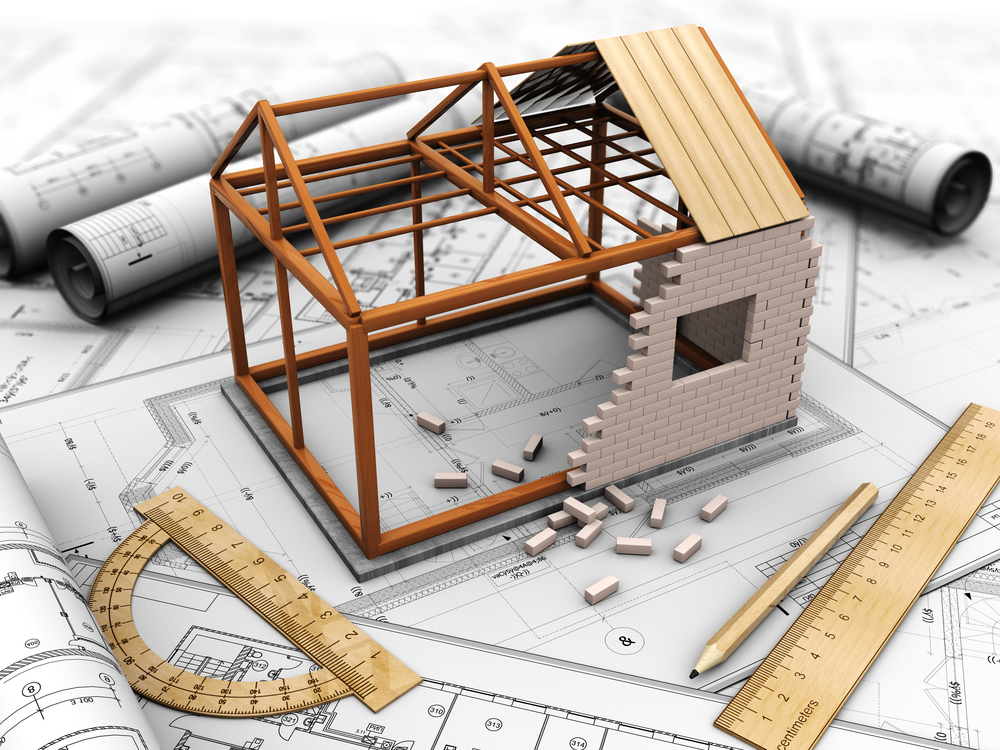
If you’re looking at damaged or worn-down asphalt surfaces outside your home or building, you might worry you’re facing a lengthy, difficult process to get them fixed. Asphalt is no small undertaking as a project, after all, and given the equipment and materials used, some assumes this will be a laborious period of time to get through.
At Go Pave Utah, we’re here to tell you that this isn’t the case if you just follow a few basic planning guidelines. Whether your surface is in need of basic asphalt patching or a job as significant as brand new asphalt paving, we can help you lay out the simple stages and assess your needs and options. In this two-part blog, we’ll go over the planning stages of any significant asphalt project and what you should be prioritizing.
For starters, you have to spend some time assessing the current state of your asphalt that’s present on the property. This is an area we’re happy to help you with ourselves, but you should also know that many of the biggest issues here are easily noticeable even to the untrained eye. Here are a few areas to look at:
These are some of the basic areas that will give us an idea of what sort of repairs you need. Our estimators may look for a few other elements as well, depending on the job you’re considering.
The next stage is one of the most vital, and can make the difference between a beneficial asphalt project and one that’s more trouble than it’s worth. Our pros are happy to sit down with you and go over your current asphalt evaluation, then give you tips on which of the following services are likely best for you and your budget:
In part two of this blog, we’ll go over the types of asphalt to consider, the budget concerns you should be aware of, and a few other important areas. To learn more about this or any of our concrete paving or repair services, speak to the pros at Go Pave Utah today.